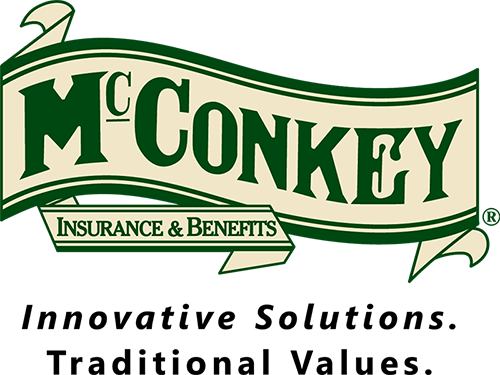
Construction is a specialized industry that poses substantial risks to everyone involved in it. Contractors need to partner with an agency who understands their business and the risks they face day in and day out. McConkey’s Construction Division focuses on learning the nuances of their client’s business and educating them on how to best manage that risk through proactive loss control and innovative methods of loss funding.
An underinsured subcontractor can pose a significant risk to a general contractor’s bottom line. In a best case scenario, it’s a small property claim and the subcontractor is able to pay the claim themselves. At worst, the general contractor is partially self-insured and payments will come directly out of their pocket. In a worst case scenario, the claim involves a significant injury or fatality and the subcontractor’s umbrella policy has to step in and pay a claim. This will increase their insurance costs significantly and potentially impact their ability to obtain coverage at competitive rates or comply with onerous owner requirements. While an unlikely scenario, general contractors need to approach subcontractor risk management through the eyes of “what could happen” instead of “what’s likely to happen”. It’s common knowledge that general contractors should require subcontractors to have liability, workers’ compensation, umbrella coverage, and be named as an additional insured, but what else? What are the best in class general contractors requiring to make sure their subcontractors have the proper coverage in place?
First, there are countless versions of additional insured endorsements out there, so how do you make sure you’re getting enough protection? The answer is to be specific. There are two aspects to general liability coverage for contractors – ongoing (what happens while they’re at the jobsite,) and completed operations (what happens after their work is completed). In order for a general contractor to have additional insured protection from subcontractors during the subcontractor’s work and after it’s completed, the contract needs to specifically require that the additional insured coverage applies in both cases.
Due to recent changes in industry standard endorsements, the contract must also specify how long the additional insured coverage shall remain in force for. In Pennsylvania, the statute of repose is 12 years, so in order for a general contractor to have protection through the length of time they can be held liable, they need to require their subcontractors maintain this coverage for 12 years after the project is completed. While this may sound unreasonable at first, most insurance policies already contemplate this coverage in their pricing and there isn’t an additional charge each time this is required. Best practice is to require specific endorsements or that coverage be equivalent to specific endorsements. The most common requirement is to require one of the versions of the CG2010 (ongoing operations) and CG2037 (completed operations). Lastly, these requirements also should apply to the automobile liability and umbrella liability policies.
Another requirement is that all of the subcontractor’s coverage must apply on a primary & non-contributory basis. The significance of this can vary by state law, but if the contract does not require this coverage then the subcontractor’s insurance carrier could contend that the general contractor’s insurer has to split or contribute to the settlement of a claim.
Insurance policies have a provision stating that if a claim is paid as a result of another’s negligence then the insurance company has the right to pursue that party for reimbursement of claim payments made. This is pretty straight forward in a rear end auto accident involving property damage, but can be complicated when involving a construction site where there are likely numerous parties involved. The general public tends to be skeptical that insurance companies will avoid paying claims if they are able to get out of it. Some unscrupulous attorneys have used this clause to try and bring in parties who did not actually contribute to a claim. To avoid being dragged into a frivolous claim that causes the general contractor to incur significant defense costs, this waiver of subrogation should apply in the general contractor’s favor on all policies carried by the subcontractor.
Lastly, general liability and umbrella liability policies have what’s called an aggregate limit which is the most the policy will pay in total for all claims. This aggregate can apply on an annual basis, per location, and per project. General contractors should require that this aggregate apply on a “Per Project Basis”. Claims on other projects could exhaust a subcontractor’s policy limit leaving them essentially uninsured on other projects where there hasn’t been a claim. In order to avoid a situation where the subcontractor is potentially uninsured on their project, general contractors should require that the general aggregate apply on a per project basis. This will guarantee the subcontractor’s aggregate limit is not exhausted by claims at other jobsites.
The first step in ensuring subcontractors have the proper coverage in place is requiring it in a contract. This is the first line of defense in making sure a subcontractor’s policy will respond to a claim that they cause. Being specific with your contract requirements will help trigger some of the coverages in their policy that will only apply when required by contract or written agreement. The next step in this process is determining how to respond to subcontractors who strike some of the requirements and what common issues to look out for when reviewing subcontractor’s certificates of insurance, which will be included in Part II.



